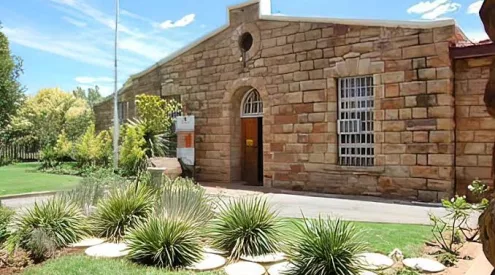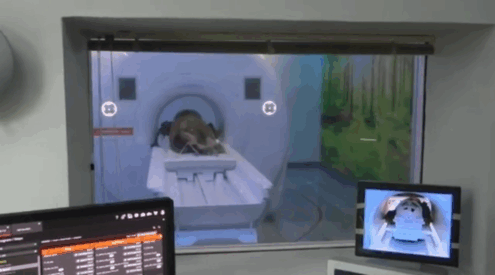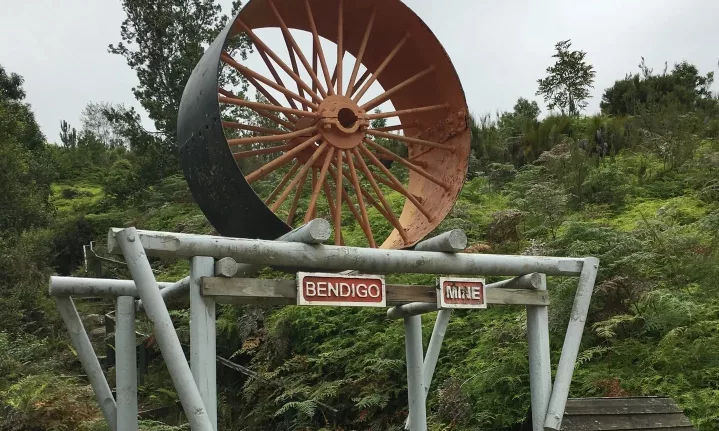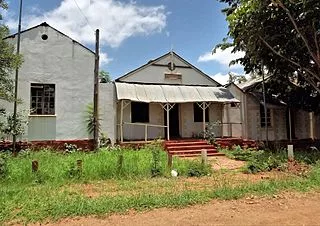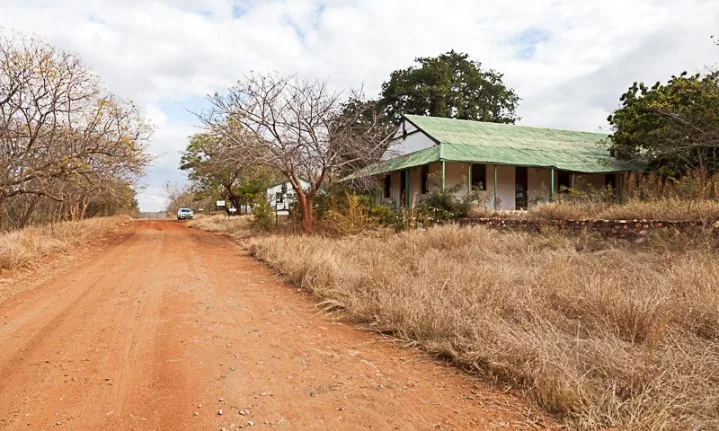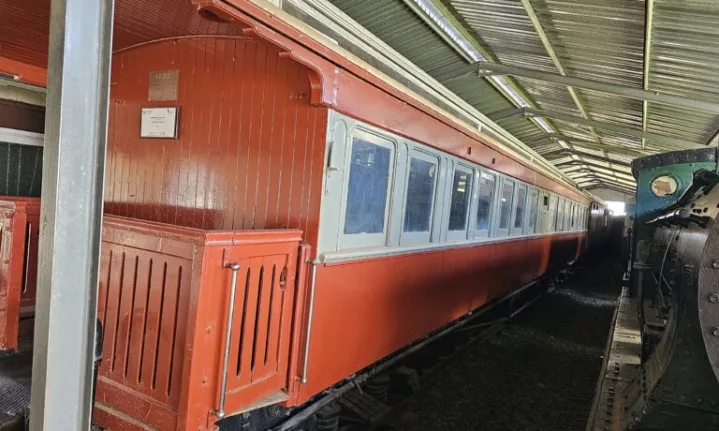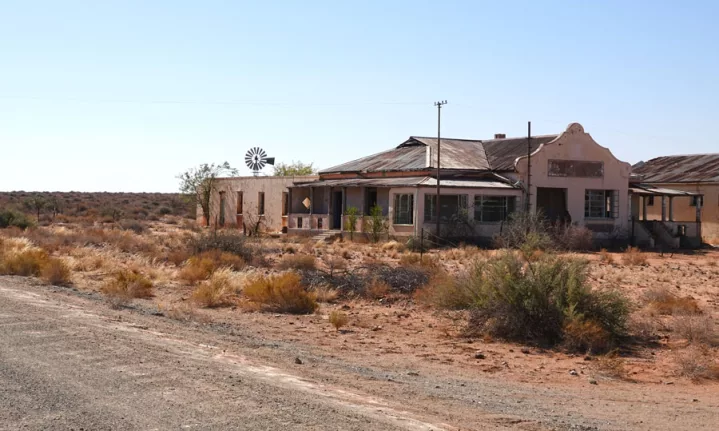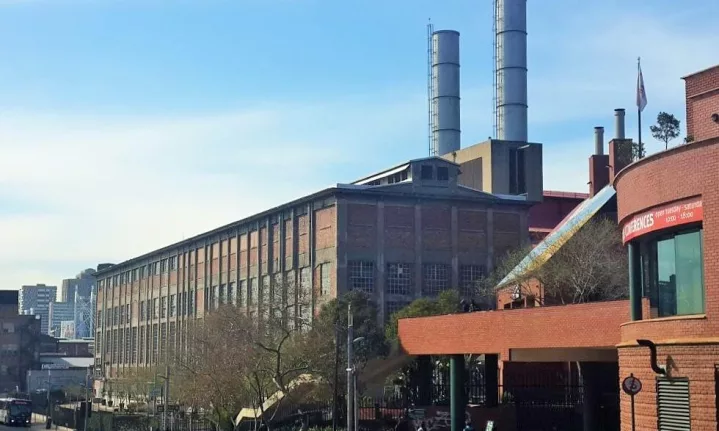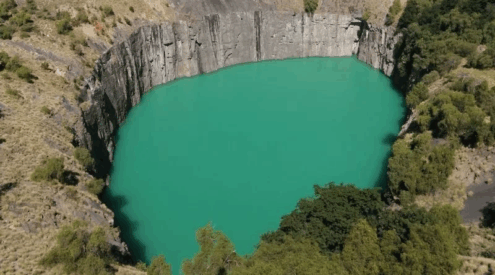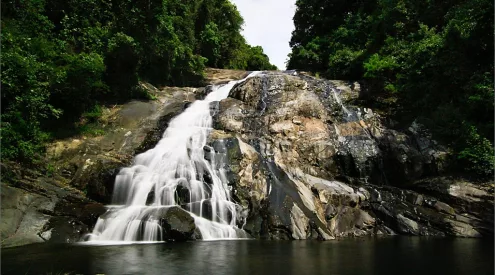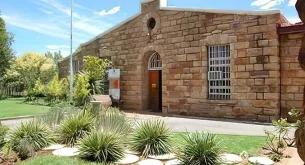Across South Africa, abandoned buildings stand as eerie monuments to bygone eras, offering travellers a glimpse into forgotten histories, industrial booms, and the inevitable passage of time.
These hauntingly beautiful sites are a drawcard for photographers, history buffs, and offbeat adventurers. Here’s where to go, what to know, and how to explore these sites responsibly.
Millwood Goldfields – Knysna Forest
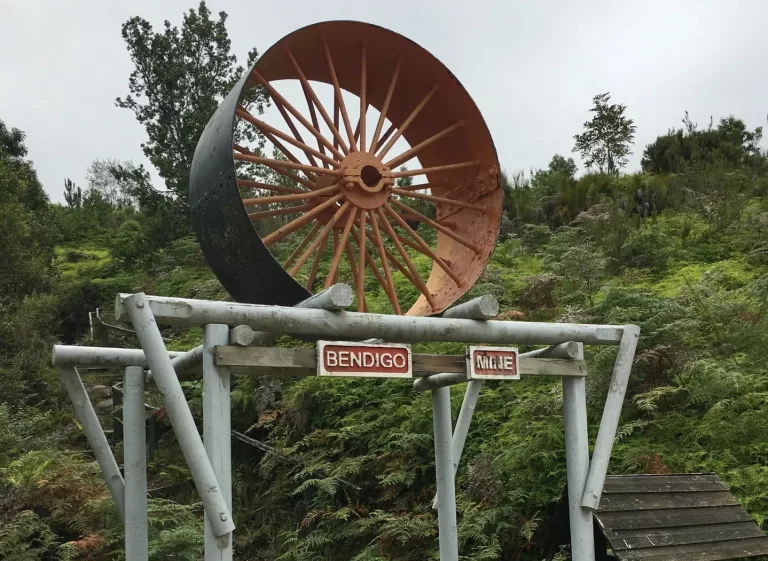
Picture/All Trails
Hidden in the dense Knysna Forest, the Millwood Goldfields are the remnants of a short-lived gold rush town that bloomed in the 1880s and faded almost as quickly. Today, moss-covered mining equipment, stone ruins, and rusting corrugated iron sheds peek out from the forest, surrounded by nature’s quiet reclaiming. Accessible via SANParks‘ Goudveld section, the site forms part of a beautiful circular hiking trail that starts at Jubilee Creek. Entry is regulated, and the walk itself offers insight into South Africa’s little-known gold mining history.
Old Railway Station – Alicedale (Eastern Cape)
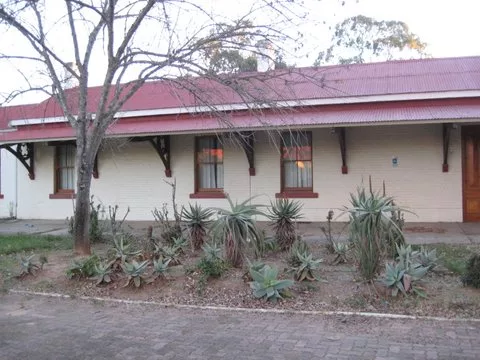
Picture/Alicedale Old Station/Wikipedia
Alicedale’s historic railway station, once a bustling hub during the height of rail travel, now stands in quiet decay. The Victorian-era architecture, with its weathered facades and overgrown platforms, offers a poignant setting for photography and reflection. While the station is not maintained, it remains a testament to the town’s former significance in South Africa’s rail network. Visitors should be mindful of structural instability and respect any signage regarding access.
Leydsdorp Ghost Town – Limpopo
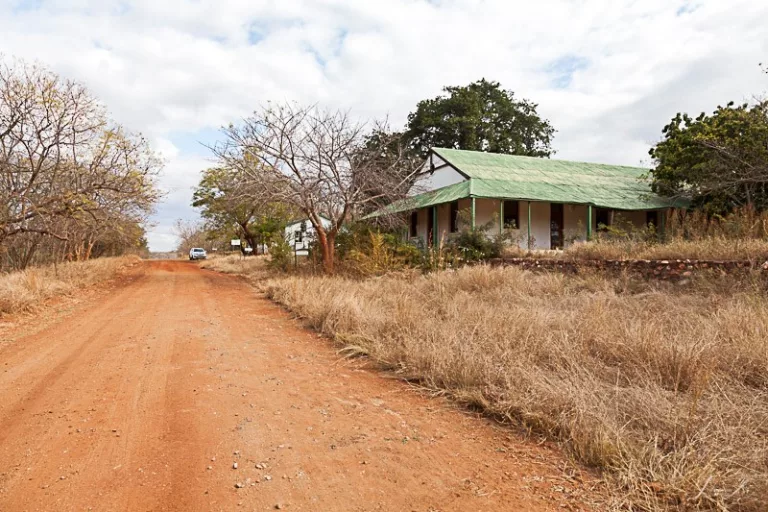
Once a bustling gold mining town in the late 1800s, Leydsdorp was quickly abandoned when richer gold deposits were discovered elsewhere. Today, it stands as a ghost town with several decaying structures, including an abandoned hotel that offers a haunting glimpse into the past. The town’s isolation and historical significance make it a compelling destination for photographers and history enthusiasts. Visitors can explore the area freely, but should exercise caution due to the deteriorating condition of the buildings.
Matjiesfontein Railway Graveyard – Karoo
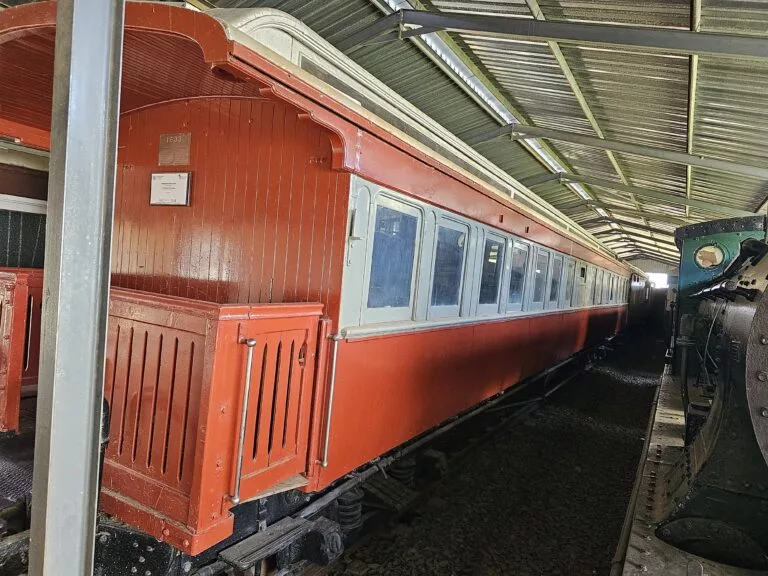
Picture/Museum Explorer
Just outside the tiny, time-stilled town of Matjiesfontein lies a graveyard of trains—rows of rusting carriages and locomotives resting under the Karoo sun. This semi-official railway graveyard is a dream for vintage train enthusiasts and photographers chasing sepia-toned scenes. The area is easy to reach and best explored with guidance from the town’s museum or station staff, as some areas are restricted. Pair it with an overnight stay at the historic Lord Milner Hotel to complete the time-travel experience.
Putsonderwater – Northern Cape
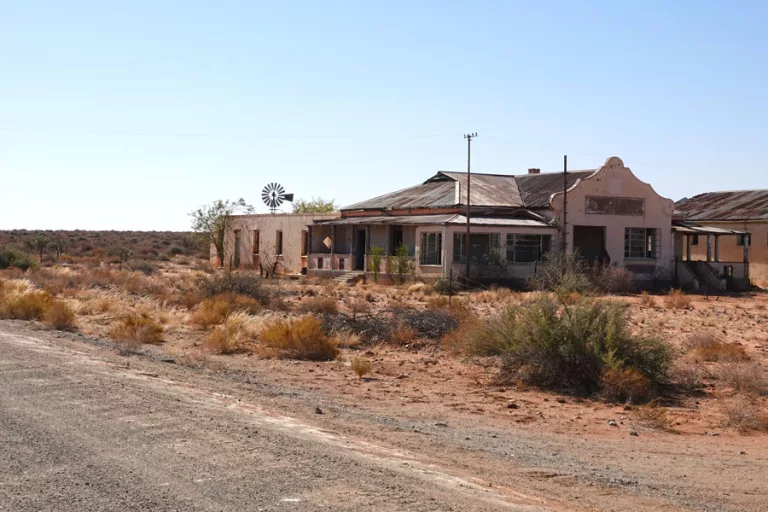
Picture/Les saveurs de la vie
Located along the R383 road between Kenhardt and Marydale, Putsonderwater—meaning “well without water” in Afrikaans—is an abandoned railway settlement. Once a bustling hub during the era of railway expansion, it now stands deserted, with crumbling buildings and overgrown tracks. The town’s evocative name has become synonymous with remote, forgotten places in South African culture. Exploring Putsonderwater offers a unique opportunity to reflect on the impermanence of human endeavours and the relentless passage of time.
Jeppe Street Power Station – Newtown, Johannesburg
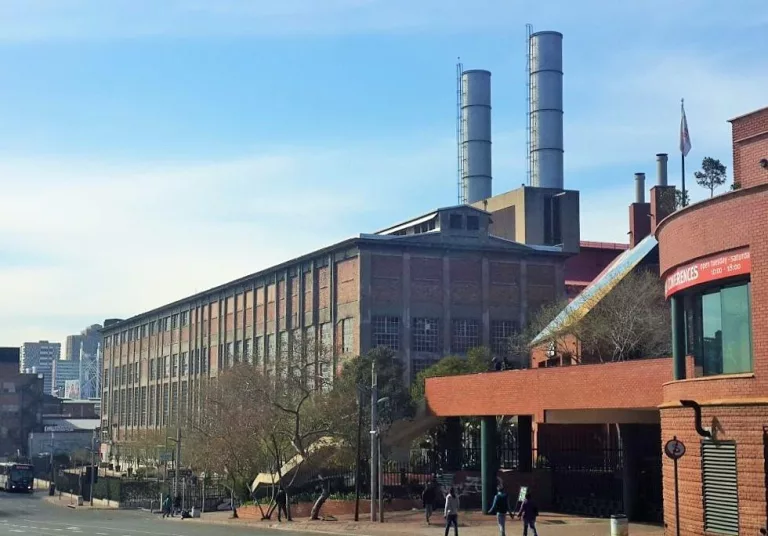
Picture/Heritage Portal
Constructed between 1927 and 1934, the Jeppe Street Power Station was the last and largest of three steam-driven power stations built in Newtown to supply electricity to Johannesburg. Despite being decommissioned, the building remains a significant architectural landmark, reflecting the city’s early industrial era. Its imposing structure and historical significance make it a point of interest for those exploring Johannesburg’s industrial heritage.
ALSO READ: Destinations where rocks tell the stories
What to know before you go
Exploring abandoned places can be deeply rewarding, but it’s not something to take lightly. Keep these key safety and etiquette tips in mind before you head off in search of forgotten beauty:
- Check the ownership and legality: Always research whether the site is on private land, government property, or part of a heritage area. Never trespass—some ruins may look derelict, but are still under surveillance or in legal use.
- Go with a guide or local expert: Many of the most fascinating abandoned spots are best visited with someone who knows the lay of the land. Local guides can offer historical context, alert you to hazards, and help navigate community sensitivities.
- Avoid low-light conditions: Plan your visit for the middle of the day. Dusk and dawn might offer dramatic lighting, but they also make it harder to spot unstable flooring, snakes, or sharp debris.
- Dress for safety, not style: Long sleeves, sturdy shoes, and covered legs are non-negotiable. Old buildings can hide everything from broken glass to thorny overgrowth and rusted metal.
- Pack the right gear: Bring a torch or headlamp, a fully charged phone, a dust mask for interiors, and a small first-aid kit. These essentials could make a big difference if things go sideways.
- Respect nature and structures: Abandoned doesn’t mean permission to tamper. Don’t take artefacts, force open doors, or move debris. These are fragile, often historically valuable sites—leave them as you found them.
- Know when to walk away: If a building looks like it might collapse, it probably will—eventually. No photo or thrill is worth the risk of entering a dangerously unstable structure. Trust your instincts and admire from a safe distance.
Why abandoned places appeal to travellers
There’s a romance to ruins that goes beyond the visual. Abandoned buildings act as time capsules, inviting the imagination to fill in gaps with personal and collective memory. For many travellers, these places offer a break from overly curated tourist experiences, tapping into curiosity, solitude, and slow discovery. The textured decay tells stories of change, resilience, and the layers of history that shape a landscape.
Respectful exploration: The ethics of urbex
Urban exploration (urbex) is gaining popularity, but it comes with responsibilities. The cardinal rule is simple: “Take only pictures, leave only footprints.” Avoid tagging locations with exact coordinates on social media to help prevent vandalism and over-tourism. Do not force entry, deface walls, or disturb wildlife. Where possible, donate to local museums, heritage foundations, or communities that help preserve these sites and their stories.
Tours and guides for responsible access
For travellers who want to explore legally and meaningfully, here are a few organisations that offer guided tours to semi-abandoned or historic ruins:
Matjiesfontein Museums and Heritage Tours: Coordinate with the museum for insights into the train graveyard and nearby historical sites. matjiesfontein.com
Karoo Ghost Town Routes: Local guides in towns like Nieuwoudtville and Fraserburg offer historical walks and stories of abandonment in the Karoo.
Follow us on social media for more travel news, inspiration, and guides. You can also tag us to be featured.
TikTok | Instagram | Facebook | Twitter
ALSO READ: The unexplored side of famous places





